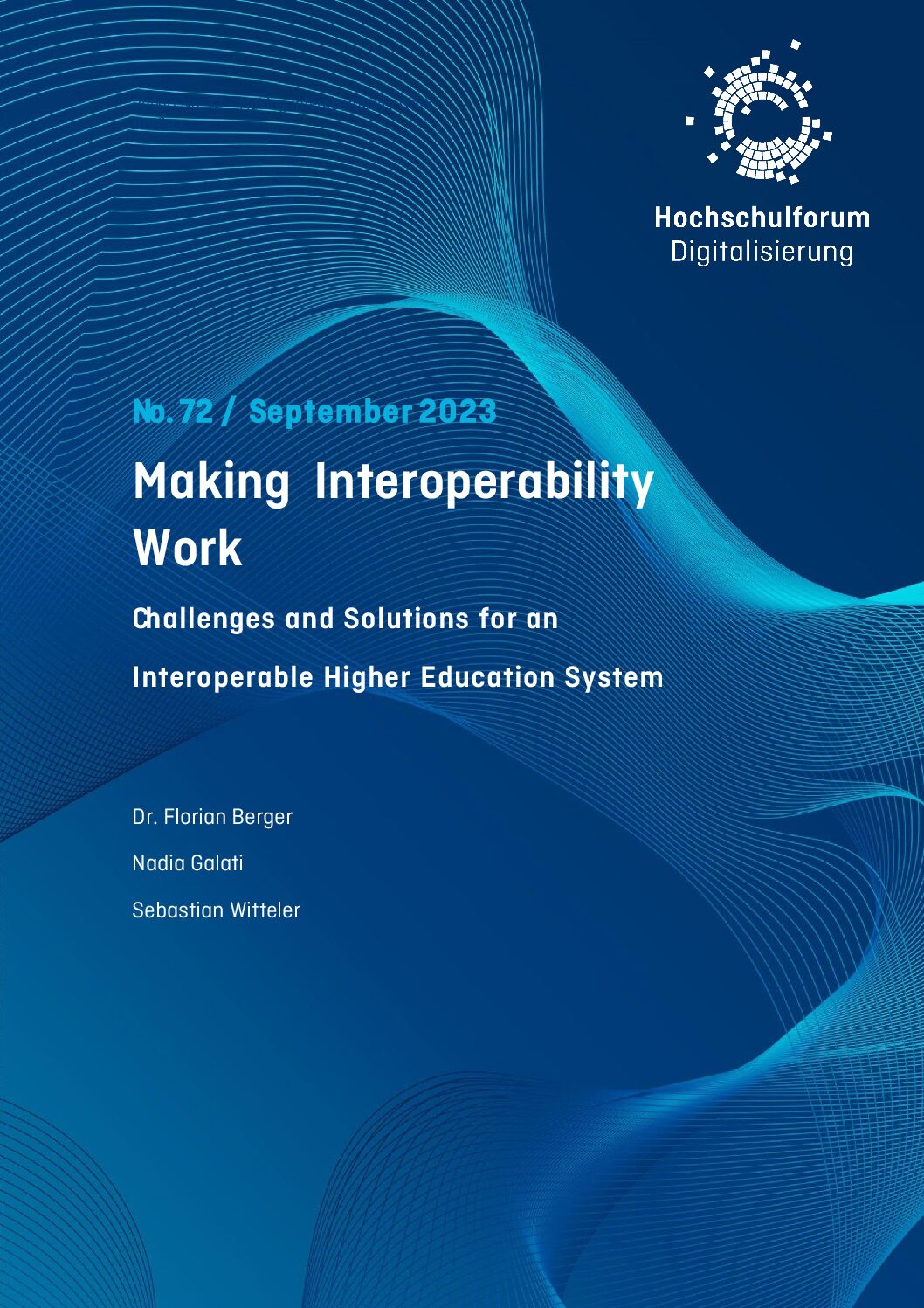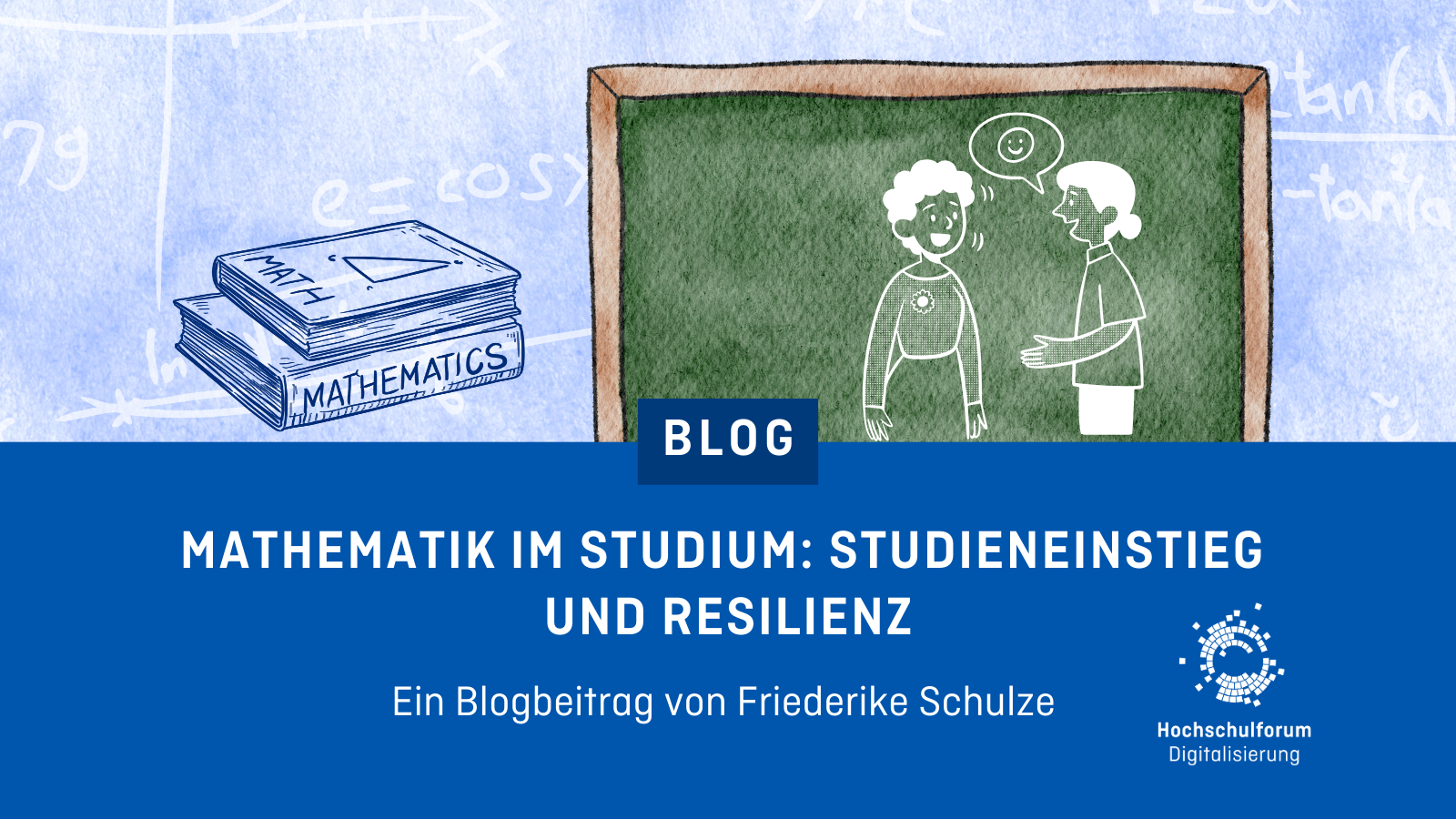Interoperability and Beyond: Building Consensus on the Future of HE in Europe
Interoperability and Beyond: Building Consensus on the Future of HE in Europe
18.06.25
What kind of common vision is needed to ensure access, quality, and shared values in European higher education? Thomas Ekman Jørgensen, Director for Policy Coordination and Foresight at the European University Association, argues that digital interoperability raises political questions that require more than technical fixes – above all, they call for consensus on the future shape of European higher education.
From Technical Interoperability to Systemic Challenges
What are the structures and choices needed to provide broad access to learning in Europe while retaining academic values and ensuring quality of learning? Those are likely to be the very real next questions that regard the rather technical concept of interoperability. Behind these questions lie discussions about what is needed for a system that can reach a truly European scale, what political and legal steps should be taken, and not least: Is there at all consensus about the European higher education system of the future?
Until now, interoperability has very much been a question of technical standards, an issue that was dealt with in the IT offices of universities and was particularly connected to the university alliances. The European Higher Education Interoperability Framework is testament to this technical focus: It is an impressive mapping and inventory of interoperability solutions for institutions to make sure that learners can access diverse resources from the phase of looking for relevant offerings, to choosing a learning opportunity and attaining a certificate. It shows good practice, but it lacks the instruments to create consensus on common solutions or standards or to implement such a consensus.
Nevertheless, the progress made on establishing interoperability within the various alliances under the European University Initiative is noteworthy: Across Europe, universities have been and are developing joint virtual campuses that provide access to learning mostly for students within their own and partner institutions. And this has proven effective: Most alliances have developed virtual campuses of varying scale, serving thousands of students. There is also a vivid exchange of good practices among the technicians building and maintaining the digital infrastructure of these virtual campuses.
However, data transfer and collection for virtual mobility or for physical mobility is not, or not yet, linked to the broader issues of data collection for reporting purposes and for accreditation, which are higher in priority for institutions overall.
Fragmented Data Systems and the Scalability Problem
This means that we have at least two intertwined but separate data collection systems in European universities: First, there are those used for the virtual campuses, which are dealt with within university alliances and organised in work packages, since a university alliance runs like a project and is often focused on realising specific deliverables. Second, there are the institutional data systems used by those who manage student exchanges. For those working with these different systems, the broader question of the overall student data strategy – if such a strategy exists within the institution – comes into play. As well as data that is used for internal or external quality assurance and for national reporting. These streams of data collection are not connected, and linking them would require a complete change of tack regarding interoperability. As a result, data used for the virtual campus must often be manually changed or completed to meet national requirements.
The consequence of these separate data collection structures is a lack of scalability in the exchange of student data. Truly scalable systems should enable easy access to learning and exchanges across borders in Europe, not for thousands of learners, as realised within the framework of the aforementioned alliances, but for millions: There are about 20 million students in the European Union as well as additional lifelong learners, so even 5 to10 percent of them using virtual campuses would require a system with a very high degree of automation. It would unrealistic for university staff to manually verify data and send emails for clarification to at least 2 to 3 million learners (the equivalent of 30,000 to 45,000 individual learners per alliance today).
It is a deeply political question whether universities and higher education authorities would want learning to be available and be recognised across borders at this scale. There are several issues that would need to be addressed:
A fundamental one is coordination. Even if Europe would not be aiming at one united data collection system for higher education, there would need to be a constant coordination and information about what data is being collected to ensure an updated interface between the different systems. For instance, changes to categories would need to be immediately reflected in the common system in order to retain automation. Moreover, such coordination would undoubtedly lead to highly political discussions about what data should be collected: For example, the number of genders or whether it is ethical to collect data on ethnic background or religion (yes, it is imperative for equity / no, it creates discrimination). For such discussions to even happen, there would need to be an institutional framework with clearly defined governance. Today, only the European Union can realistically provide the institutional home for such a framework; in fact, there is already a legal structure offered in the Interoperable Europe Act, which might not fully fit the purpose, but could serve as a starting point or template.
Apart from the formal structures, coordination would require that there is a mutual system and a high degree of mutual trust between systems, including all actors, policymakers, quality assurance systems, institutions and learners, and not least academic staff. Without trust, there will be no recognition.
This all sounds very ambitious, but if there is a will, there is certainly a way: The main difficulty will therefore be securing the political support among the EU Member States (and possibly EU neighbours that would like to join) and within the institutions themselves.
Imagining a Shared Future for European Higher Education
However, before talking about political commitment, the question arises: commitment to what exactly? Is it necessary and beneficial to change the European higher education system – moving away from one in which learners are at home in a single institution and learn in structures build on disciplines and academic traditions? And what is the actual demand from learners? There are many shades a system could take that moves towards learning through individual choice across institutions and countries – ranging from virtual campuses being an add-on to traditional structured programmes systems where learning can be offered by anyone and taken by anyone.
One might, for example, imagine a situation where universities – or other institutions acting as guides for learners – suggest pathways through the various, freely accessible offers in the virtual campuses, which could be like today’s MOOC platforms with courses from private companies, NGOs, as well as from universities. It is also conceivable that groups of universities, such as university alliances, will continue to develop closed gardens for a select group of students, building on learning agreements between a relatively small number of universities. Even in systems with many providers and many options, it is clear that quality control and regulation would be necessary to ensure a sensible recognition of learning.
Whatever political consensus (if any) is reached, it presupposes power structures, and this brings us back to governance. There must be a forum in which consensus can be built around this vision. A consensus that makes it transparent who guides learners’ choices and who sets the limits of learning. In this context, the technical aspect becomes a smaller part of a larger discussion, which requires knowledge of the fundamental values of higher education, legal aspects, political power, and the capacity to imagine the futures emerging from digital possibilities. We are only at the very beginning.
Author
Thomas Ekman Jørgensen is Director of Policy Coordination at the EEA. His responsibilities include ensuring coherent policy for the universities as well as general policy development and management of cross-cutting issues with policy relevance. Jørgensen, who holds a doctorate in history, worked at the EEA for several years as head of the Council for Doctoral Education.
The European Digital Education Hub (EDEH) is seeking higher education institutions or European Universities alliances to lead the way in testing, refining and scaling up the European Higher Education Interoperability Framework (HEIF) during its first years of implementation. Find more information and register to become an early adopter at: Seeking pioneering universities to shape future learning and mobility | European Education Area
More on Interoperability





 Alexander Bauer
Alexander Bauer 
 Prof. Dr. Mike Altieri
Prof. Dr. Mike Altieri 